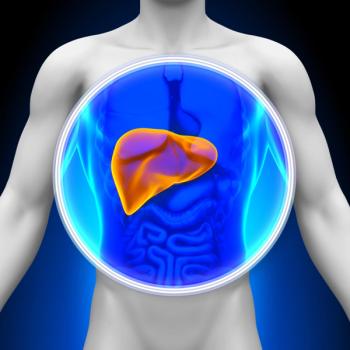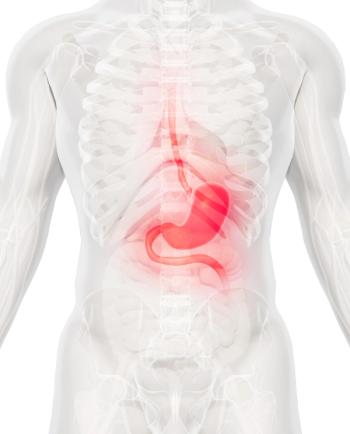
- Oncology Vol 30 No 4_Suppl_1
- Volume 30
- Issue 4_Suppl_1
(S032) Value of Frequent Follow-Up Mammogram Schedule Following Breast-Conserving Surgery and Radiation Therapy
Our observations show a low incidence of BI-RADS 4 recommendations and a very low yield (0.8%) of cancer noted on pathology using a frequent follow-up mammogram schedule. We noted a trend of BI-RADS 4 returning positive for cancer in younger patients. This suggests that 6-month follow-up schedules are not necessary and that there may be value in defining risk-adaptive follow-up schedules after BCT.
C. Kaufman, L. Abramson, MD, T. Fulop, MD, S. Boolbol, MD, N. Nugent, A. Gillego, MD, M. Chadha, MD; Mount Sinai Beth Israel
OBJECTIVES: Obtaining more frequent follow-up mammograms in the first 2–3 years after breast-conserving therapy (BCT) is widely accepted. However, the clinical relevance of short-term follow-up mammograms in the overall management of breast cancer is unknown. The goal of our study was to evaluate the frequency of the Breast Imaging Reporting and Data System (BI-RADS) 4 recommendation in the short-term follow-up after BCT, and its correlation to pathology in all ipsilateral breast cancer cases.
METHODS: This is an institutional review board (IRB)-approved study. From 2001–2012, we identified 830 patients who underwent BCT and who had follow-up mammograms at our center. The total number of mammograms obtained within 40 months of BCT was 3,972 (median: 5 per patient). We studied the frequency of the BI-RADS 4 recommendation. We further studied the correlation of this radiologic finding with the pathology of additional biopsies for BI-RADS 4 lesions in the ipsilateral treated breast.
RESULTS: BI-RADS 1 to 3 was reported in 85% of patients. Among the 15% with reported BI-RADS 4 recommendations, 8.8% (n = 73) were noted in the ipsilateral breast. Median time to a BI-RADS 4 result in the ipsilateral treated breast was 11.6 months vs 17.3 months in the contralateral breast (P = .0248). In the correlation of BI-RADS 4 with additional biopsy from the ipsilateral breast, 3 patients had no biopsy, 63 patients (7.5%) had a benign biopsy, and in 7 patients (0.8%), the biopsy was positive for cancer. Patients with a positive biopsy were younger (median age: 44 yr) than those with benign findings (median age: 56 yr) (P = .0667).
CONCLUSIONS: Our observations show a low incidence of BI-RADS 4 recommendations and a very low yield (0.8%) of cancer noted on pathology using a frequent follow-up mammogram schedule. We noted a trend of BI-RADS 4 returning positive for cancer in younger patients. This suggests that 6-month follow-up schedules are not necessary and that there may be value in defining risk-adaptive follow-up schedules after BCT.
Acknowledgment:The authors gratefully acknowledge grant support from the Ellen Blair Fund.
Proceedings of the 98th Annual Meeting of the American Radium Society -
Articles in this issue
Newsletter
Stay up to date on recent advances in the multidisciplinary approach to cancer.
































































































